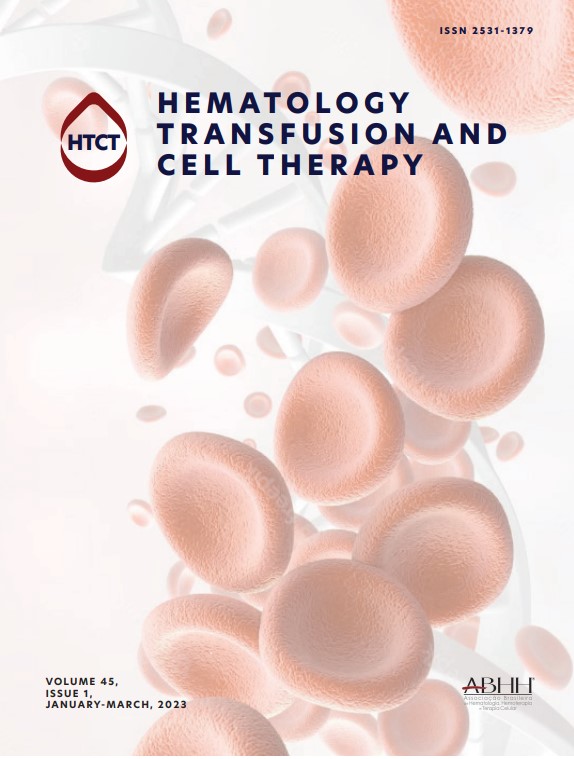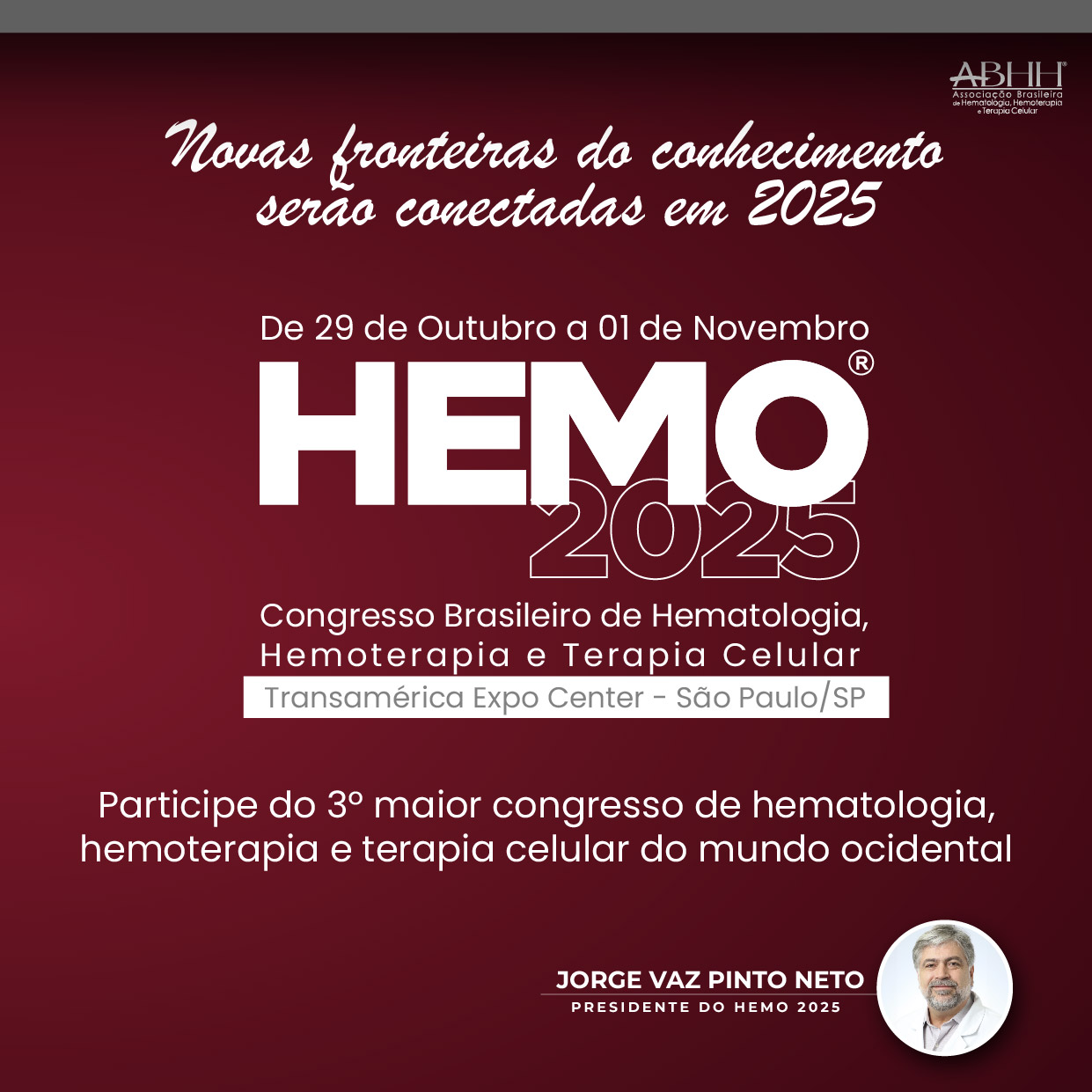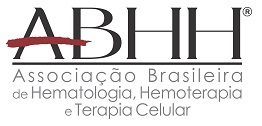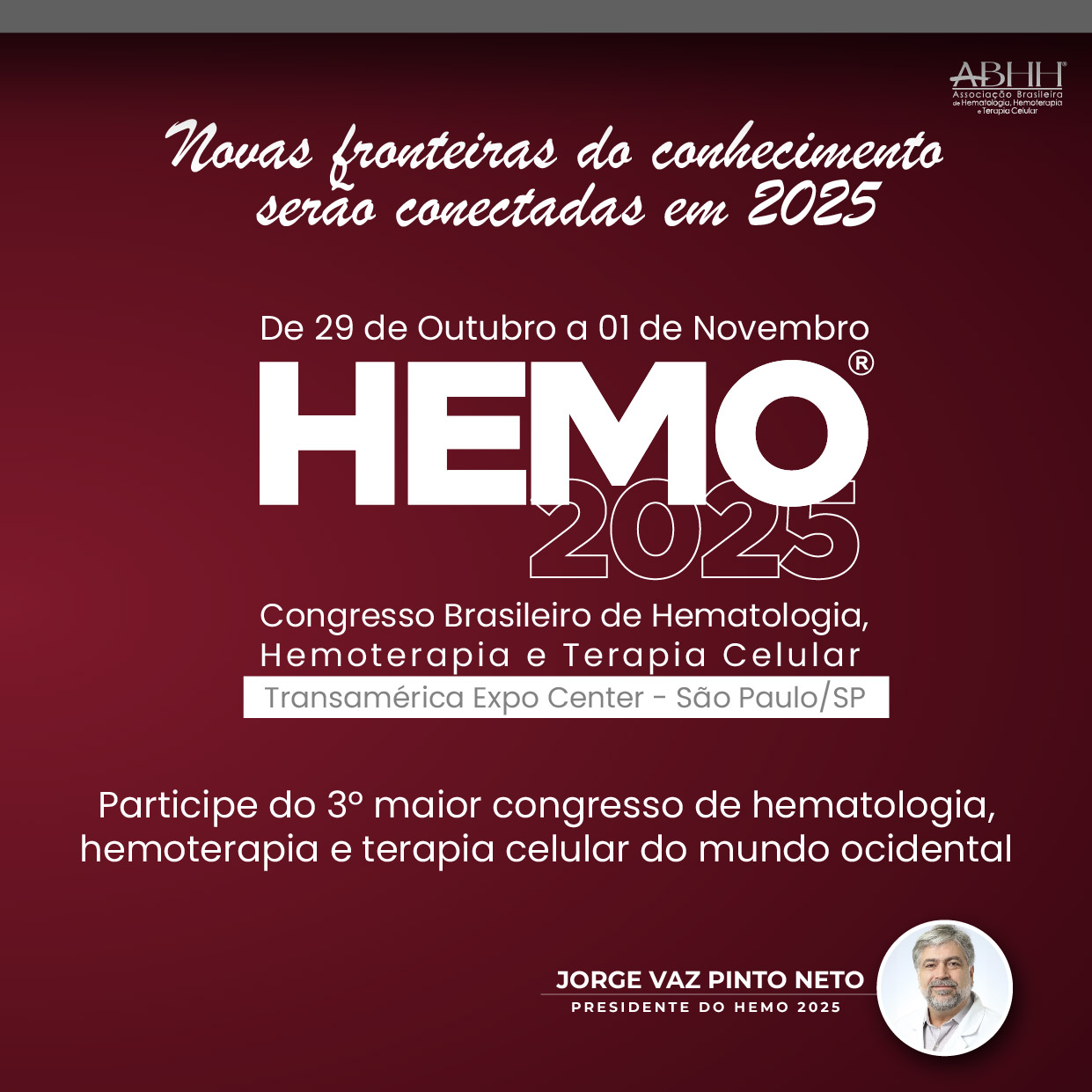In the era of the tyrosine kinase inhibitors (TKIs), fewer patients with chronic myeloid leukemia (CML) progress to blastic phase (CML-BP), but those who progress to advanced-phase disease while on TKI therapy may have inferior outcomes than de novo CML-BP cases.1 In general, a fit and/or young patient with chronic phase CML (CML-CP) who experience blast crisis (BC) under TKI therapy is treated with a combination chemotherapy together with another TKI.1,2 Ponatinib is a third-generation TKI, which is indicated for patients with resistant and/or intolerant to previous line(s) of TKI therapy.1 Patients with CML-BP who achieve a second CP (CP2) should receive an allogeneic hematopoietic stem cell transplantation (Allo-HSCT).1,2
Herein, we present a case of CML-CP with myeloid blast crisis (MBC) during asciminib treatment who then achieved CP2 with ponatinib monotherapy and then received an allograft from his HLA-matched sibling donor.
Case reportA 45-year-old male patient was diagnosed with CML-CP with high Sokal score at another hematology center in 2006. He achieved major molecular response (MMR) with 400 mg/day imatinib, which was lost in December 2013. The patient had E355G kinase domain mutation (KDM) and dasatinib 100 mg daily was started, which induced MMR following 8 months of treatment. Nilotinib 2 × 400 mg/day was initiated in September 2017 due to loss of MMR. At the time of nilotinib started, no KDM was detected. He refused to undergo allo-HSCT, and MMR was not achieved following 10 months of nilotinib therapy.
The patient was then transferred to our clinic, and he was enrolled in the ASCEMBL trial [evaluating ABL001 versus bosutinib in CML-CP (CABL001A2301)] at our center, and he was randomized to the asciminib arm.3 At the start of the study drug, leukocyte count was 38.6 × 109/L, hemoglobin level was 13.3 g/dL, and platelet count was 233 × 109/L. Furthermore, BCR-ABL1IS was 15% and 46, XY, t(9,22)(q34; q11.2) [16] / 46,XY[4] was detected in bone marrow cytogenetics. Prior to the enrollment in this clinical trial, F317L was detected in September 2018. After one month of asciminib 40 mg twice daily, complete hematologic response (CHR) was achieved, however, asciminib therapy did not induce MMR following 10 months of treatment.
MBC was detected with 44% blasts in the peripheral blood in July 2019. Bone marrow biopsy revealed 55% blasts and bone marrow cytogenetics showed 43–46, XY, t(9,22) (q34; q11.2)[3] / 44–46,sI,i(17)(q10)[16]/ 46,XY[1]. BCR-ABL1IS was detected as 31.9%, together with F317L and E355G. Since the patient previously received imatinib, dasatinib, and nilotinib and F317L can be associated with bosutinib resistance, ponatinib was planned to be initiated with FLAG-Ida (fludarabine, cytarabine, idarubicin and granulocyte-colony stimulating factor).
In Turkey, we may prescribe off-label drugs including ponatinib under the control of Turkish Medicines and Medical Devices Agency (TITCK). We applied to TITCK for patient-based approval for ponatinib use. Since this approval process and the delivery of the drug took time, ponatinib could not be administered concurrently with FLAG-Ida, which was started in August 2019. Day14 bone marrow aspiration showed 66% blasts, and similarly, Day28 bone marrow aspiration had 57% blasts.
Following FLAG-Ida, ponatinib 15 mg daily was started in September 2019. Meanwhile, he was receiving voriconazole for suspected invasive pulmonary aspergillosis. Ponatinib was started at a lower dose due to possible drug-drug interaction.4 At the start of ponatinib therapy, the patient had hemoglobin level of 7.1 g/dL, and the leukocyte and platelet counts were 3.05 × 109/L and 88.9 × 109/L, respectively. Voriconazole was switched to liposomal amphotericin B after 1 month of therapy, as he had visual hallucinations and suicidal ideas. Following discontinuation of voriconazole, ponatinib dose was increased to 30 mg/day after one week and aspirin 100 mg/day was started. Psychiatric symptoms resolved with the discontinuation of voriconazole and the initiation of treatment including sertraline and lorazepam as needed.
Following one month of ponatinib therapy, leukocyte count was 0.58 × 109/L, hemoglobin level was 9.2 g/dL, and platelet count was 278 × 109/L. Bone marrow biopsy revealed no blasts with 30% cellularity. On the 52nd day of ponatinib 30 mg/day, CP2 was achieved (leukocyte count was 7.0 × 109/L, hemoglobin was 13.9 g/dL, and platelet count was 201 × 109/L) together with complete cytogenetic response (CCyR).
The allo-HSCT option was again discussed with the patient, and he agreed to undergo transplantation. He was then allografted from his HLA-matched sibling donor using reduced intensity conditioning regimen with fludarabine-busulfan (Flu-Bu) using cyclosporine and methotrexate as graft-versus-host disease (GvHD) prophylaxis in December 2019. Ponatinib therapy was withhold at the start of Flu-Bu conditioning. On day +21, following neutrophil engraftment (neutrophil > 0.5 × 109/L), we resumed ponatinib 30 mg/day again. Bone marrow biopsy on day +30 showed no blasts and t(9;22) was negative by FISH. BCR-ABL1IS was 0.1499% and chimerism was 88% in the peripheral blood. On day +64, MMR was achieved (BCR-ABL1IS was 0.0868%), and chimerism was increased to 93%.
He still receives ponatinib 30 mg/day and the BCR-ABL1IS transcript levels were undetectable on days +104, +169 and +309. Chimerism was first detected as 100% on day +133, and it is still 100% on day +322 in November 2020. The patient continues receiving budenofalk one capsule tid, and mycophenolate mofetil 1000 mg bid together with extracorporeal photopheresis for overlap GvHD of the liver and skin at the time of this writing.
DiscussionCML-BP has a poor prognosis and genomic instability is a critical factor resulting in BCR-ABL1 mutations encoding resistance to TKIs and/or additional chromosomal aberrations leading to disease progression. Many chromosomal abnormalities have been reported in CML-BP and may have an effect on therapeutic resistance, disease progression, and prognosis. Isochromosome 17q (i17q) has been reported in myeloid neoplasms, is found most commonly in complex cytogenetics and rarely as a single mutation. In CML, i(17q) usually occurs at time of BC and shows an aggressive clinical course,5 as detected in our case, which disappeared when MMR was achieved.
CML patients with E355G were shown to have inferior outcomes than those without this mutation.6 Also, in patients with F317L, nilotinib or ponatinib should be the choice of treatment.1 In our patient, these mutations were detected at the time of progression, and since ponatinib is thought to be effective for both mutations, we chose ponatinib as TKI therapy.
The initial recommended daily dose of ponatinib was 45 mg, but many patients had experienced toxicities, especially vascular adverse events, with this daily dose. So, dose reduction can be a logical maneuver in eligible patients in order to avoid long-term toxicities. In PACE trial, where 62 patients with CML-BP were enrolled, ponatinib was administered alone 45 mg once daily as an initial dose, and the dose was reduced to 30 mg when necessary.7 Within the first 6 months of treatment, cumulative major hematologic response and CCyR were 31% and 23%, respectively. The ongoing OPTIC trial evaluated three different starting doses of ponatinib (45, 30 and 15 mg) in nearly 300 patients with refractory CML-CP.8 According to interim results, the initial dose of 45 mg or 30 mg can be reduced to 15 mg upon achievement of response, without sacrificing these achieved responses together with reduced rates of toxicities. Although the recommended daily dose of ponatinib is 45 mg for CML-BP,2 we started 15 mg/day ponatinib due to possible drug-drug interaction between voriconazole and ponatinib and then escalated the dose to 30 mg, which induced CP2 and CCyR within the first 2 months of therapy. Since the patient had achieved an optimal response with 30 mg/day ponatinib and he was going to receive an allograft, we did not increase the daily dose of ponatinib to 45 mg.
For young/fit patients with CML-BP, allo-HSCT should be the preferred treatment modality in order to achieve long-term remission after inducing a CP with TKI ± chemotherapy.1,2 Although ponatinib can be an effective treatment option for disease control in BC, patients with CML-BP who receive ponatinib alone, have inferior overall survival than patients undergoing allo-HSCT.9
Relapse can still be observed following allo-HSCT, and posttransplant TKI maintenance, which is still a controversial issue, may be beneficial in those experiencing advanced-phase disease prior to allo-HSCT.10,11 Sasaki et al.12 reported a patient with de novo MBC, who harbored T315I under dasatinib. She was successfully treated with single agent ponatinib 45 mg and 15 mg once daily in pretransplant and posttransplant period, respectively. In our patient, we also performed posttransplant ponatinib maintenance, because he had CML-BP and the conditioning regimen was reduced intensity. He has still undetectable BCR-ABL1 at the posttransplant 12th month follow-up, without any ponatinib-associated toxicities.
In the era of TKIs, management of CML-BP is still challenging. Allo-HSCT is recommended for transplant-eligible patients, especially after debulking with TKI and chemotherapy. Single agent ponatinib, even with a daily dose of 30 mg, can be effective with less toxicity, among this patient population and may serve as a bridge to allo-HSCT. In addition, posttransplant TKI maintenance with 30 mg/day ponatinib may prevent relapses, although this issue is still a matter of debate.






